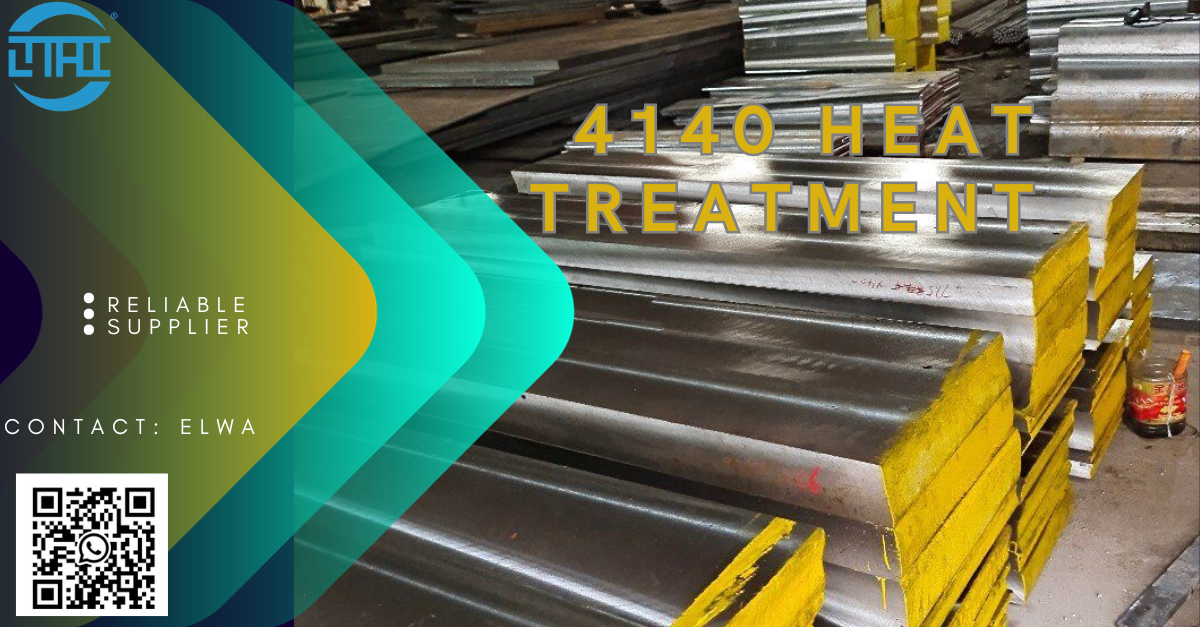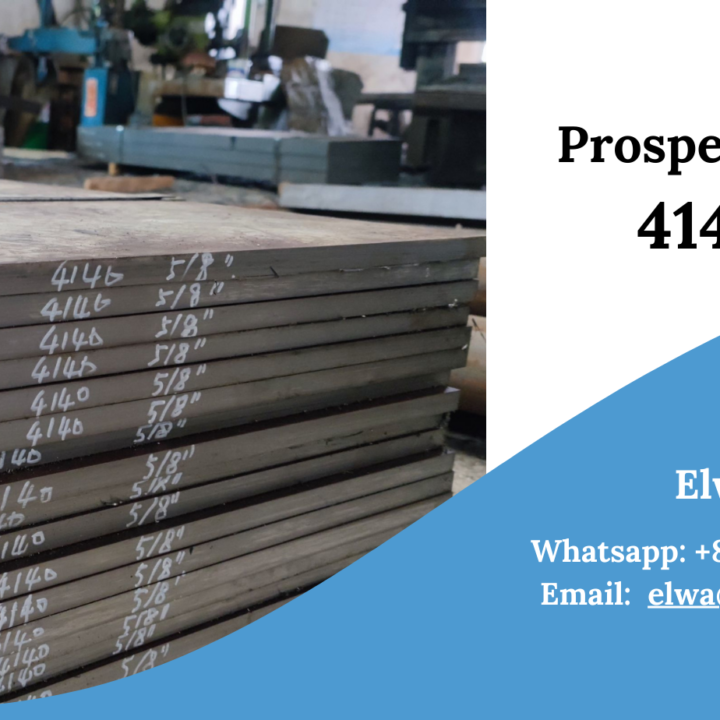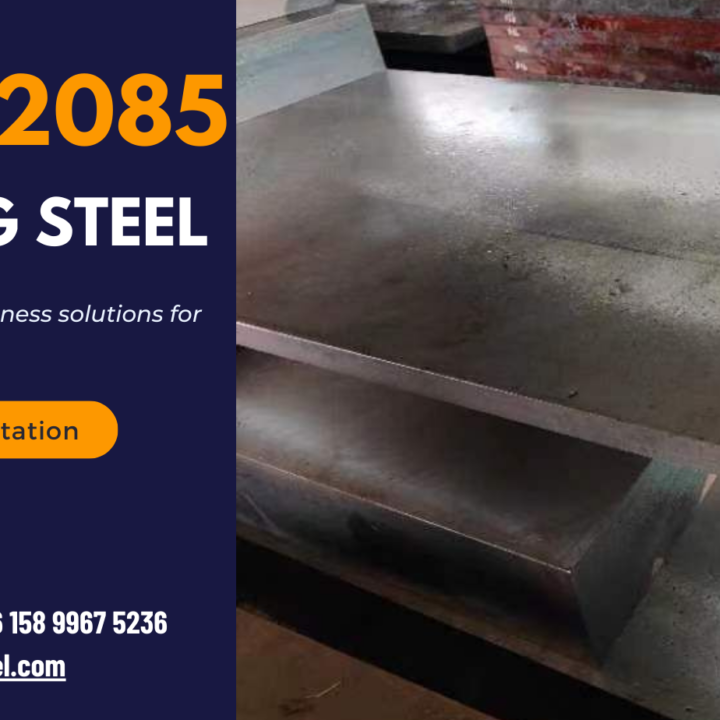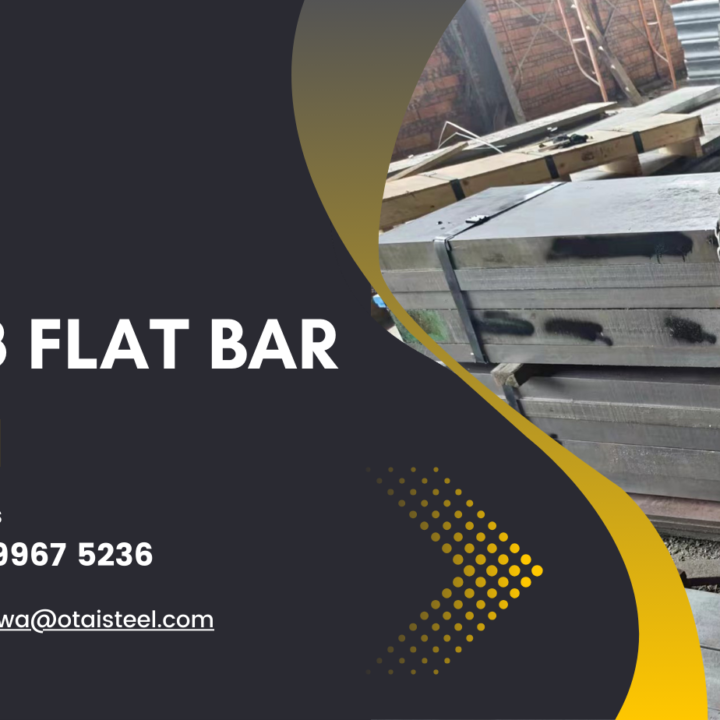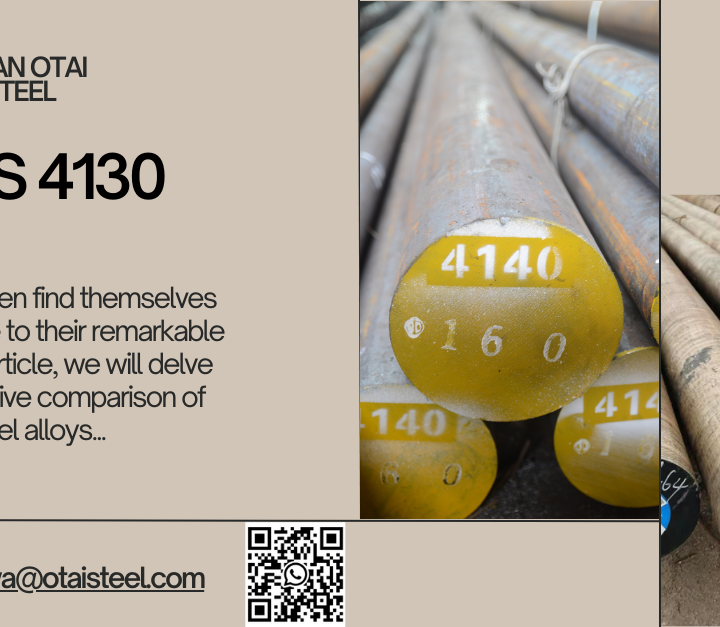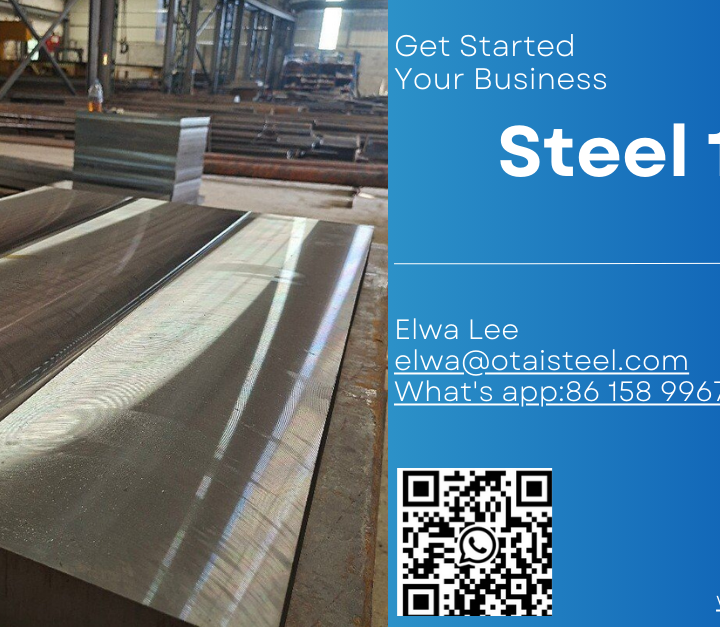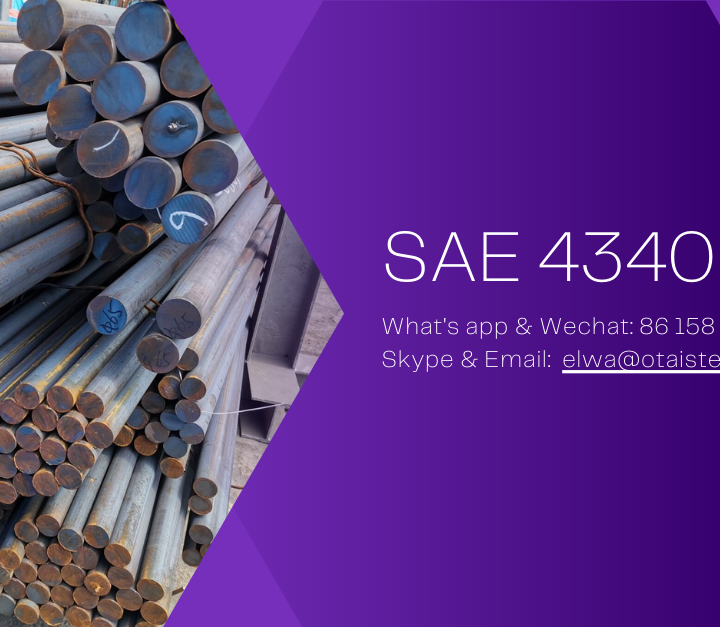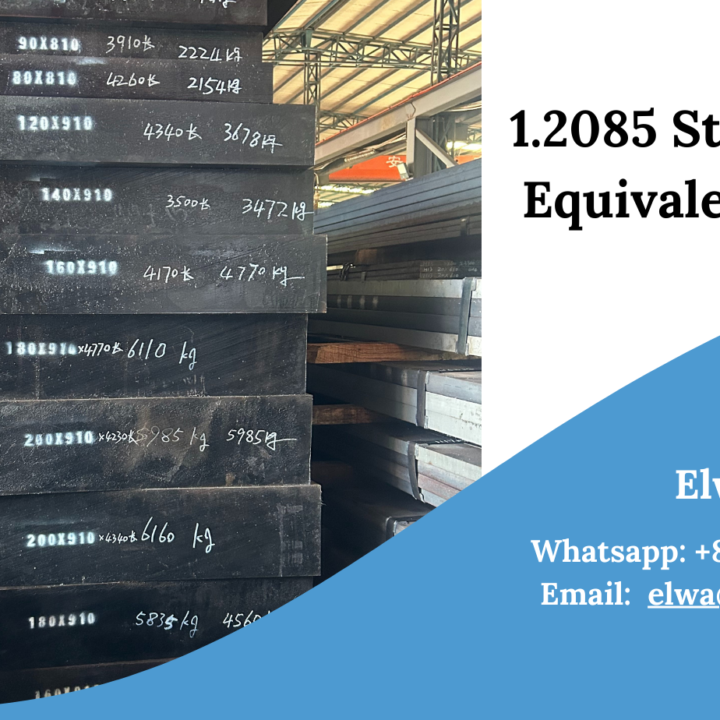In the world of steel alloys, 4140 steel has earned a well-deserved reputation for its exceptional strength and versatility. However, to fully unlock its potential, proper heat treatment is crucial. In this article, we will explore the intricacies of 4140 heat treatment, delving into the processes and techniques that optimize its performance, ensuring enhanced durability for various industrial applications.
Annealing: The Starting Point
Annealing is often the first step in the heat treatment of 4140 steel. It involves heating the steel to a specific temperature range and then allowing it to cool slowly. This process relieves internal stresses, improves machinability, and softens the steel for subsequent processing.
Normalizing: Achieving Uniform Properties
Normalizing is the next phase, where the steel is heated above its transformation temperature and then air-cooled. This process refines the grain structure, ensuring uniform properties throughout the material. Normalized 4140 steel exhibits improved strength and toughness.
Quenching: Enhancing Hardness
Quenching is a critical step in 4140 heat treatment. The steel is rapidly cooled by immersion in a quenching medium, such as oil or water, after being heated to a specific temperature. This rapid cooling hardens the steel, increasing its surface hardness while maintaining its core toughness. Proper quenching is vital to achieving the desired hardness without compromising the steel’s integrity.
Tempering: Balancing Hardness and Toughness
Following quenching, tempering is employed to strike a balance between hardness and toughness. The steel is reheated to a lower temperature and then slowly cooled. This process reduces the steel’s brittleness while retaining its hardness. The tempering temperature and duration can be adjusted to achieve specific mechanical properties, making it a highly versatile step in heat treatment.
Stress Relieving: Minimizing Residual Stress
Stress relieving is an optional step that can be performed after machining or welding. The steel is heated to a temperature below its critical range and then slowly cooled. This process helps eliminate residual stresses, which can improve dimensional stability and reduce the risk of distortion.
Surface Hardening: Enhancing Wear Resistance
In some applications, surface hardening techniques like induction hardening or nitriding may be employed. These methods selectively harden the surface layer of 4140 steel, improving wear resistance while maintaining the steel’s core toughness. Surface hardening can be especially valuable in applications where components are subjected to abrasive or high-wear conditions.
Conclusion
In conclusion, 4140 heat treatment is a precise and controlled process that unlocks the full potential of this exceptional steel alloy. By carefully selecting and executing each step, engineers and manufacturers can tailor the material’s properties to meet the specific requirements of their applications. Whether it’s achieving high surface hardness for wear resistance or optimizing toughness for impact resistance, 4140 steel’s versatility makes it a valuable asset across various industries.
Proper heat treatment not only enhances the performance of 4140 steel but also extends its service life, ensuring that it continues to play a vital role in applications ranging from automotive and aerospace to oil and gas and machinery. Understanding the nuances of heat treatment is essential for harnessing the true capabilities of this remarkable alloy.
FAQs
Q1: Can 4140 steel be heat-treated without the need for all the mentioned steps?
A1: The specific heat treatment steps required for 4140 steel depend on the desired properties for the application. In some cases, not all steps may be necessary.
Q2: What is the role of quenching in 4140 heat treatment?
A2: Quenching rapidly cools the steel, increasing its surface hardness while preserving its core toughness. It is essential for achieving the desired combination of hardness and toughness in 4140 steel.
Q3: Are there specialized applications where surface hardening is particularly beneficial for 4140 steel? A3: Yes, surface hardening is advantageous in applications where components face high wear and abrasion, such as gears, shafts, and cutting tools.
